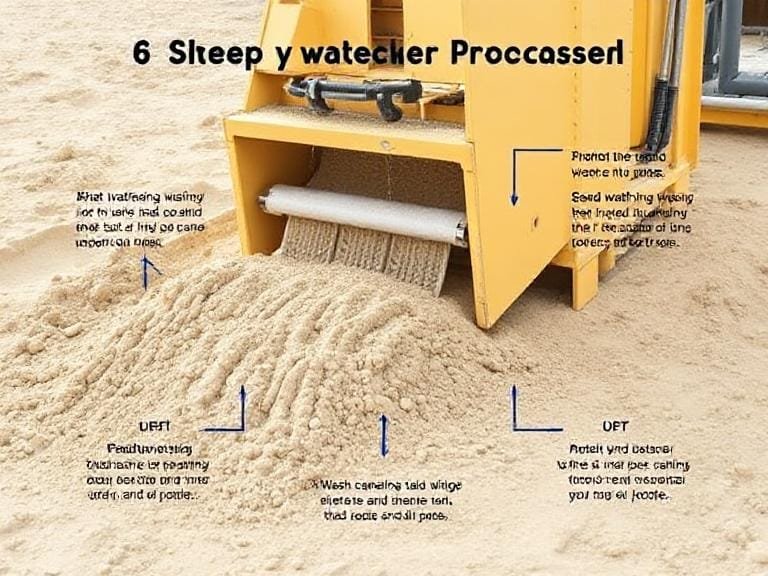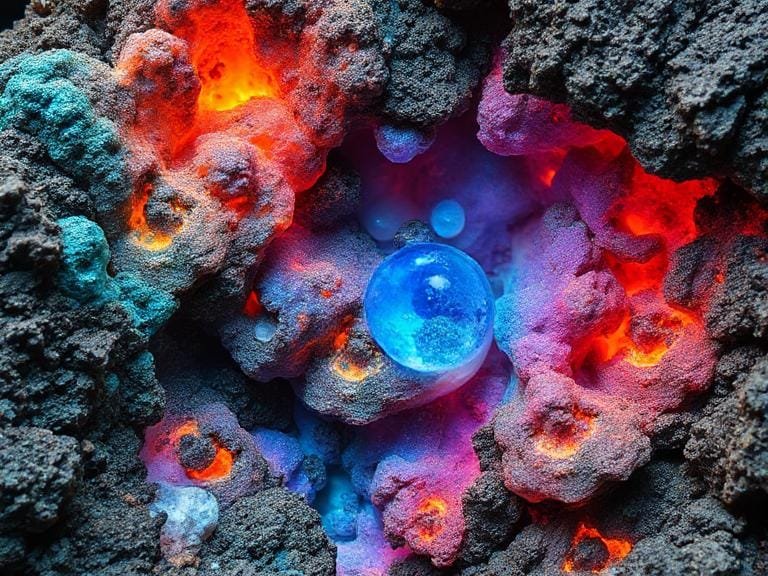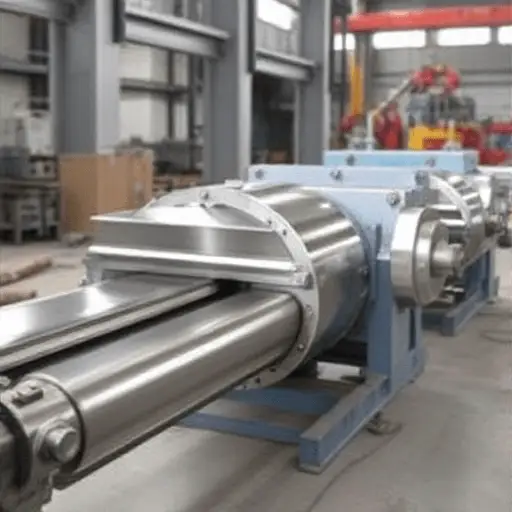5 Methods of Iron Processing — Techniques, Equipment, and Modern Advancements
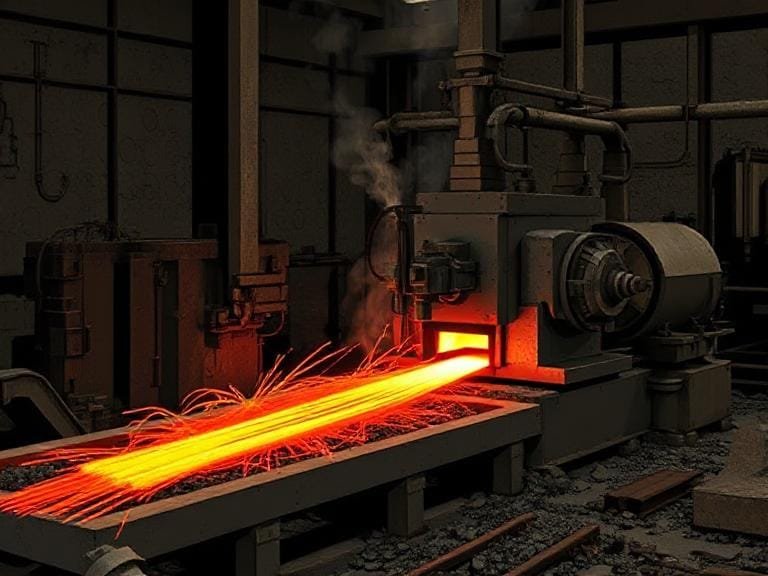
This comprehensive guide explores the five main methods of iron processing, detailing each step, the equipment involved, and how companies like ORO Mineral Co., Ltd. are driving innovation in mineral processing technologies.
Table of Contents
- 1. Introduction to Iron Processing
- 2. Method 1: Crushing and Screening
- 3. Method 2: Magnetic Separation
- 4. Method 3: Gravity Separation
- 5. Method 4: Flotation Process
- 6. Method 5: Sintering and Pelletizing
- 7. ORO Mineral Co., Ltd — Advanced Iron Processing Equipment
- 8. Summary Table: Key Takeaways
- 9. FAQs
- 10. References
1. Introduction to Iron Processing
Iron processing refers to the industrial methods used to convert iron ores—such as hematite, magnetite, and limonite—into metallic iron. The goal is to remove impurities and increase the concentration of iron for industrial applications.
The process generally involves several stages, including:
- Ore preparation: Crushing and screening to achieve uniform particle size.
- Separation: Removing gangue materials using magnetic or gravity-based techniques.
- Concentration: Increasing iron content through flotation or gravity processes.
- Pelletizing: Forming iron ore fines into pellets suitable for smelting.
Modern technologies from manufacturers like ORO Mineral Co., Ltd. enhance efficiency and reduce environmental impact through intelligent design and automation.
2. Method 1: Crushing and Screening
Crushing and screening are the first stages of iron ore processing, where large rocks are reduced to smaller, manageable sizes.
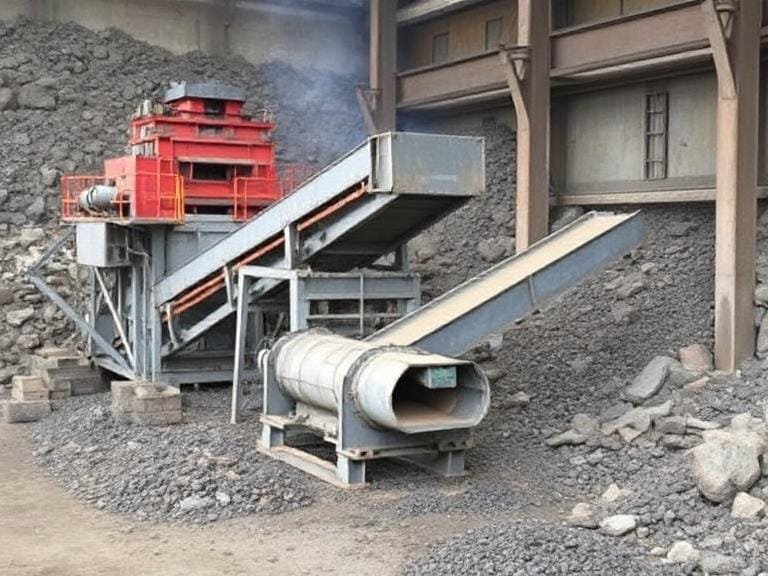
Purpose of Crushing and Screening
- Enhances the efficiency of downstream processing.
- Ensures uniform particle size for optimal separation.
- Prevents equipment clogging and wear during beneficiation.
Typical Equipment Used
- Jaw Crushers
- Cone Crushers
- Vibrating Screens
- Sand Washing Machines (like ORO Mineral’s 100 TPH Long Life Model)
The Sand Washing Machine 100 TPH Long Life from ORO Mineral efficiently removes impurities and ensures high-quality output. It’s known for durability, low maintenance, and adaptability to various ore types.
3. Method 2: Magnetic Separation
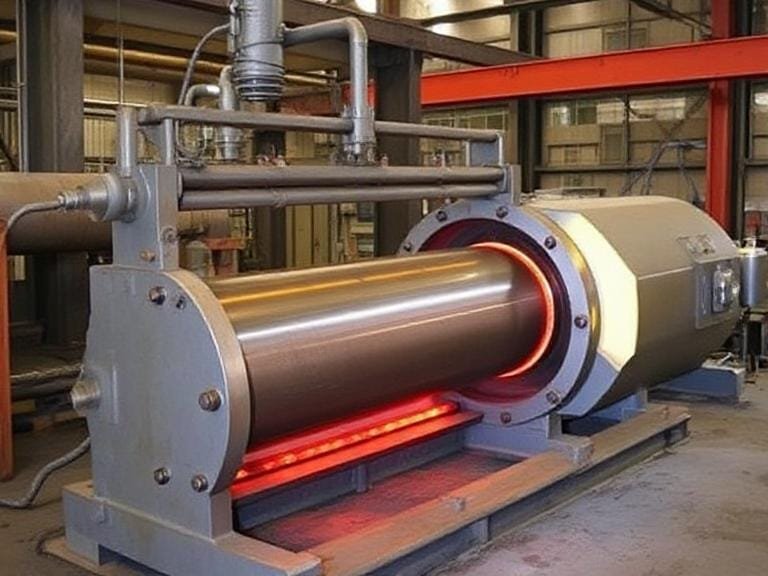
Magnetic separation is one of the most effective methods for concentrating iron ores, especially magnetite and hematite. This process uses magnetic fields to attract ferromagnetic materials and separate them from non-magnetic impurities.
Working Principle
The ore is passed over or through magnetic separators, where magnetic particles are retained while non-magnetic materials fall away. Depending on the ore characteristics, low-intensity or high-intensity magnetic separators can be used.
ORO Mineral Magnetic Equipment
- 1.1kW Belt Magnetic Separator: Designed for high-efficiency continuous magnetic separation of fine iron particles.
- Eddy Current Separator Machine: Ideal for separating non-ferrous materials from iron-rich ores, increasing purity and recovery rates.
ORO Mineral’s magnetic separators feature smart control systems and robust design, ensuring long operational life and minimal downtime.
4. Method 3: Gravity Separation
Gravity separation leverages differences in mineral densities to separate iron-rich particles from lighter gangue materials. This method is cost-effective and energy-efficient, especially for coarse ore particles.
Principles of Gravity Separation
- Heavier iron particles settle faster in water or air streams.
- Lighter impurities are carried away or suspended.
Equipment Used in Gravity Separation
- Gravity Spiral Chute Separator — Utilizes gravity and centrifugal force to separate minerals based on density gradients.
- Gravity Spiral Concentrator — Designed for continuous processing of fine iron ore particles with minimal energy consumption.
ORO Mineral’s Gravity Spiral Concentrator and Spiral Chute Separator are engineered for maximum recovery efficiency and reduced water usage, making them ideal for sustainable mineral processing operations.
5. Method 4: Flotation Process
The flotation process is widely used for fine iron ores that cannot be effectively separated through gravity or magnetic methods. It involves adding reagents to create froths that selectively bind to iron particles, allowing them to float for collection.
Advantages of Flotation
- High recovery of fine particles.
- Efficient removal of silica and alumina impurities.
- Produces high-grade iron concentrate suitable for pelletizing.
Though flotation requires additional reagents and maintenance, it offers superior concentration levels, making it a preferred method for low-grade ores.
6. Method 5: Sintering and Pelletizing
Once the iron ore concentrate is prepared, it undergoes sintering or pelletizing to form agglomerated materials suitable for blast furnace feeding.
Sintering
- Combines iron ore fines, fluxes, and coke to create a porous mass (sinter).
- Enhances permeability and efficiency in blast furnaces.
Pelletizing
- Forms fine iron ore powder into spherical pellets.
- Improves mechanical strength and reduces dust losses.
Pelletized iron ore has consistent size and composition, enabling uniform reduction and higher furnace productivity.
7. ORO Mineral Co., Ltd — Advanced Iron Processing Equipment
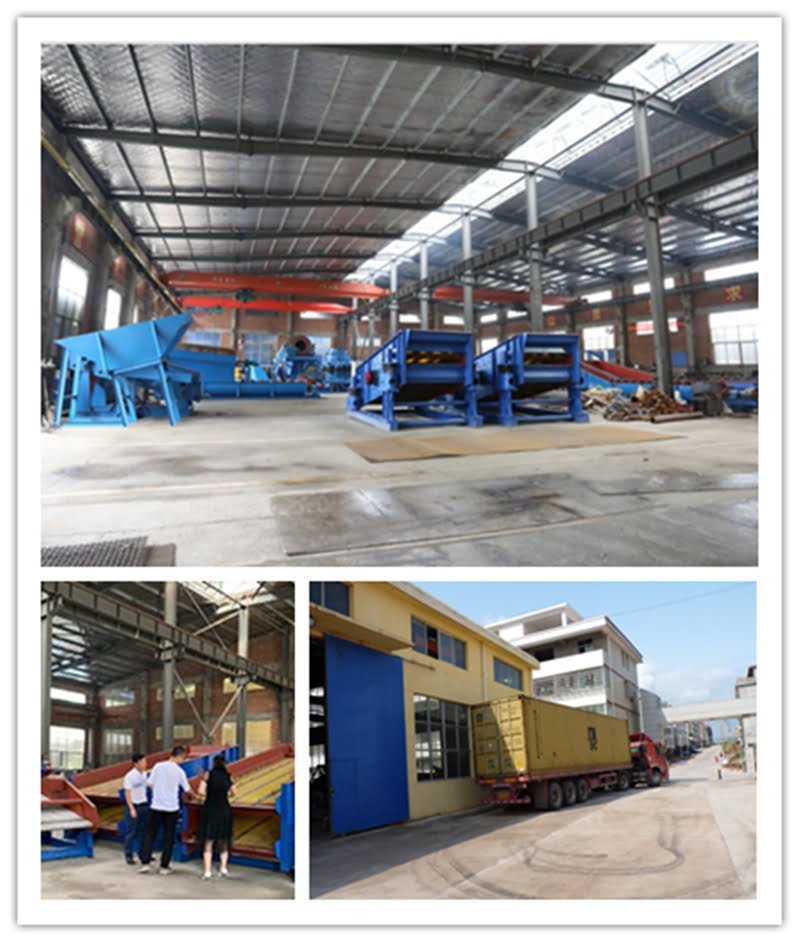
ORO Mineral Co., Ltd. is a leading manufacturer specializing in intelligent mineral processing, screening, and sand washing equipment. Established in 2014, ORO Mineral has become a trusted name in global mineral beneficiation and resource recovery.
About ORO Mineral
- Integrates R&D, production, and sales under one system.
- Focuses on sustainable and efficient mineral processing technology.
- Serves over 60 countries with advanced separation equipment.
Main Products
- Sand Washing Machine 100 TPH Long Life
- Gravity Spiral Concentrator
- 1.1kW Belt Magnetic Separator
- Eddy Current Separator Machine
- Gravity Spiral Chute Separator
With ongoing innovation, ORO Mineral continues to upgrade its products and services to meet the growing demands of global mineral industries.
8. Summary Table: Key Takeaways
| Iron Processing Method | Main Purpose | Common Equipment | Advantages |
|---|---|---|---|
| Crushing & Screening | Size reduction and impurity removal | Sand Washing Machine, Crushers | Efficient preparation and cleaning |
| Magnetic Separation | Separation of ferrous materials | Magnetic Separator, Eddy Current Separator | High purity and recovery |
| Gravity Separation | Density-based separation | Spiral Concentrator, Chute Separator | Low energy, eco-friendly |
| Flotation | Fine particle recovery | Flotation Cells | High-grade concentrate |
| Sintering & Pelletizing | Agglomeration for smelting | Pelletizer, Sinter Plant | Improved furnace efficiency |
9. FAQs
1. What is the main goal of iron processing?
The goal is to convert raw iron ores into high-grade materials suitable for smelting or steel production.
2. Which method is most efficient for low-grade iron ore?
Flotation and magnetic separation are most effective for low-grade ores.
3. What equipment does ORO Mineral specialize in?
ORO Mineral offers sand washing machines, spiral concentrators, and magnetic separators designed for precision mineral processing.
4. How does gravity separation differ from flotation?
Gravity separation relies on density differences, while flotation depends on surface chemistry interactions with reagents.
5. Is ORO Mineral equipment suitable for large-scale operations?
Yes, ORO Mineral’s equipment is designed for industrial-scale performance and global mineral recovery projects.

